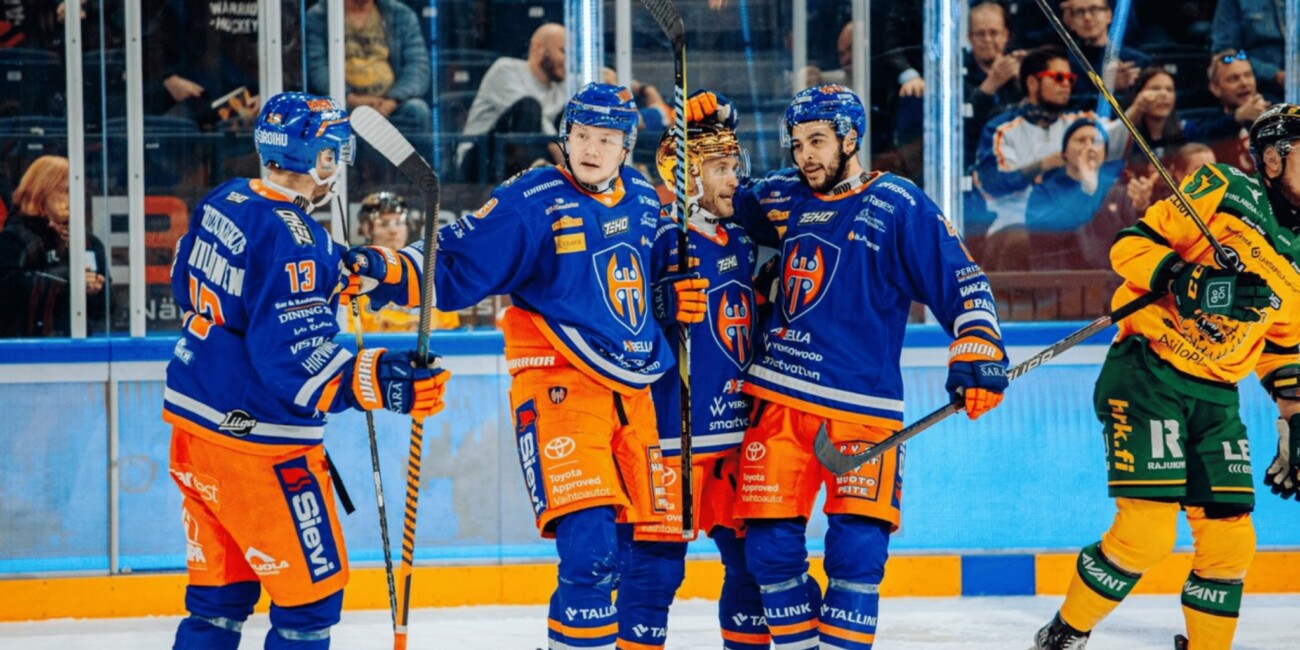
Marko Haverinen works for the Varala Sports Institute and is the Strength and Conditioning Coach at Tappara, a professional ice hockey team playing in Finland’s SM-liiga. Tappara is the current Finnish and CHL (Champions Hockey League) champion, having won 19 Finnish league championships to date, making them the most successful club in Finland.
Marko’s Background
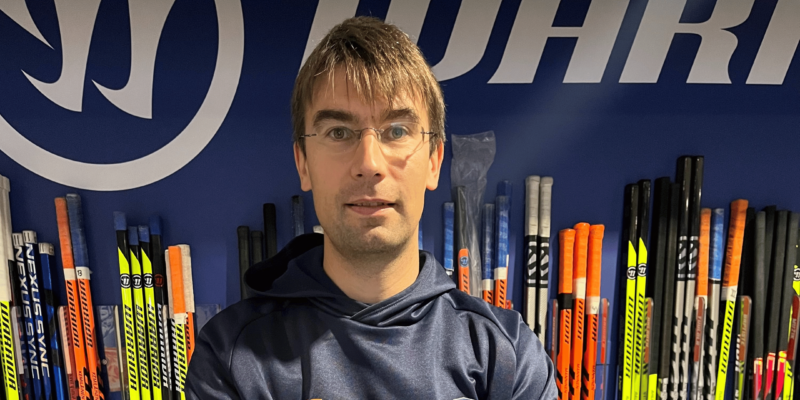
Marko’s journey in professional sports coaching began in 2005. Upon finishing his Sports Science studies at the University of Jyväskylä in Finland, he began working at the Pajulahti Sports Institute, a High-Performance Training Center, before moving to Tampere in 2013 to become the Director of Testing Lab at the Varala Sports Institute.
In 2015 Varala Sports Institute began working together with the Tappara team, initially just testing players’ physical qualities such as speed, power, strength, and aerobic endurance during the off-season. It was during this time when Marko also introduced Firstbeat to the team to get an understanding of the players’ training load during the preseason.
In recent years Marko’s cooperation with Tappara has evolved from testing the physical qualities of the players to Strength and Conditioning Coach, now fully involved in the daily training process.
Getting Started with Firstbeat
Whilst initially, the team was only using Firstbeat during the off-season, this year marks the third season where Tappara is using the system consistently, on a daily basis, and the team are now Premium+ customers. Marko explains:
“Being here on a daily basis, it’s much more convenient to use Firstbeat to gain knowledge and use that on behalf of players. We use it for every training session- off-ice and on-ice, and during games also.”
Introducing Firstbeat as something the players had to use every day was also a smooth process according to Marko.
“Since we’ve been using Firstbeat periodically since 2015, and we still have some of the same players that were using it back then too, it’s not a new thing for our team and that is why I think that the buy-in was already there.
At the start of the season, we also had a short introduction and explained to the players what we are looking for, why we are using Firstbeat, and why it’s important to use it. We told the players that we develop knowledge about their training load and recovery status, and we use it to help them develop as a player and as a team to be successful.
I think that was important just to get the right start, and things have been going well. Players have been using those Firstbeat heart rate straps quite nicely I would say.”
Utilizing Firstbeat to Support Coaching Decisions
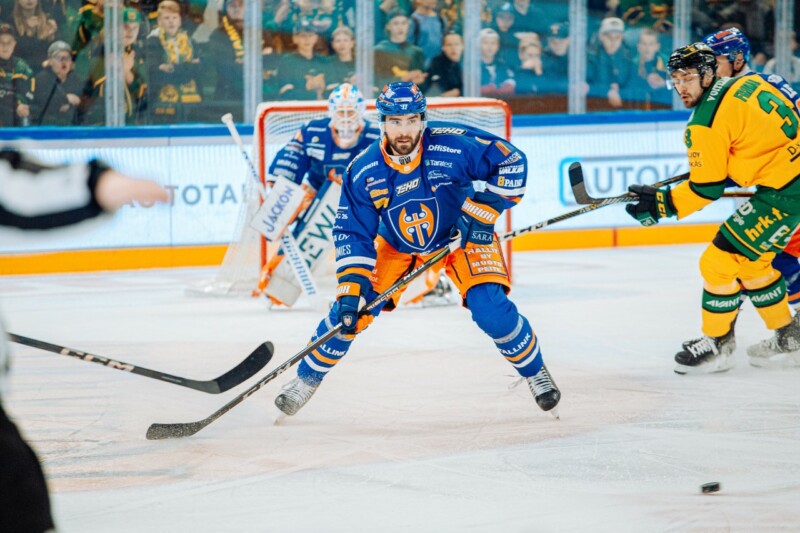
Using Firstbeat has become part of the Tappara team’s daily routine, with the data providing important information that helps determine whether a player’s training plan needs to be adjusted. Marko explains:
“When players come to the arena in the morning, the first thing they do is take the Firstbeat sensor and strap, put it on, and use it throughout the day. At the end of the day, they take it off, wash the strap, and put the sensor back in the box. So that’s just like a regular workday for the players.
We use Firstbeat on ice and off the ice, and during games, focusing on TRIMP scores. We also look at the Acute and Chronic Training Loads and their relationship.
We can use the data to make decisions for example based on the Acute Training Load. If we see the Acute Training Load is a bit lower than expected, maybe the player has been injured or sick, or for some reason, he hasn’t been training, or training as hard as expected. Or perhaps the player has been adapting to training – which also decreases the Acute Training Load. So in that case, we can increase the training load progressively during the week.
On the opposite end, if we see that the Acute Training Load is higher than expected, we can decrease the training load appropriately. During training sessions, we can make those sorts of adjustments on a daily basis. We’re looking for individual thresholds, trying to keep the Acute Training Load within certain limits relating to what it has been during the previous month. It can be a bit lower or a bit higher than the previous month but there shouldn’t be too much of a change.
So we’re trying to keep everything within that range, making adjustments to off-ice training and if necessary, also, on-ice training, but usually we don’t make those kinds of drastic changes. We try to make smaller changes and keep the player on the right track.”
The Importance of Internal Load Monitoring in Ice Hockey
When it comes to monitoring internal load in ice hockey, Marko explains it plays an important role for players in striking the right balance between training hard enough without becoming overloaded.
“It’s important to make sure that the players train, on one hand, hard enough to make sure that they get those effective training sessions in, and on the other hand, ensure that the players are not overloaded in the long-term.
They shouldn’t be under or overloaded for too long periods of time – we’re trying to balance the stress and recovery status of the players. Obviously, when we are a few days before the game, we can train a bit harder, and going towards the game we need to maintain intensity but decrease the volume, and make sure the players are in a good state before the game. So those are I think the most important things, to make sure that players are in a good state of recovery before the games but on the other hand, they have to train hard enough before the games too.”
Supporting the Development of Younger Players
In 2023, Tappara extended their use of Firstbeat to their under-18s and under-20s teams in addition to the elite team. Marko talks about why this decision was made.
“I think it’s important to develop the players all the way from a young age progressing towards the elite league.
We have a strength and conditioning team that involves coaches from U18 and U20. We meet on a regular basis, and the Firstbeat data is one key point that we discuss in those meetings, as well as the bigger picture of the strength and conditioning path of the player from youth to adulthood in this club.
Firstbeat helps to support that long-term development because you can follow up with the players to make sure the training load progresses on a steady basis. It’s not good if you have too many differences in training load between the successive weeks for young players. You have to gradually build up that Chronic Training Load for young players to make sure those physical qualities needed in ice hockey are developed long-term.
So, considering player development, I think that that’s the most important thing, to make sure that the training progresses nicely throughout the weeks, months, and years. I think Firstbeat can help a lot in that sense, that we can make sure that the player’s training load increases in progressive steps over a longer period of time.”
You might also be interested in
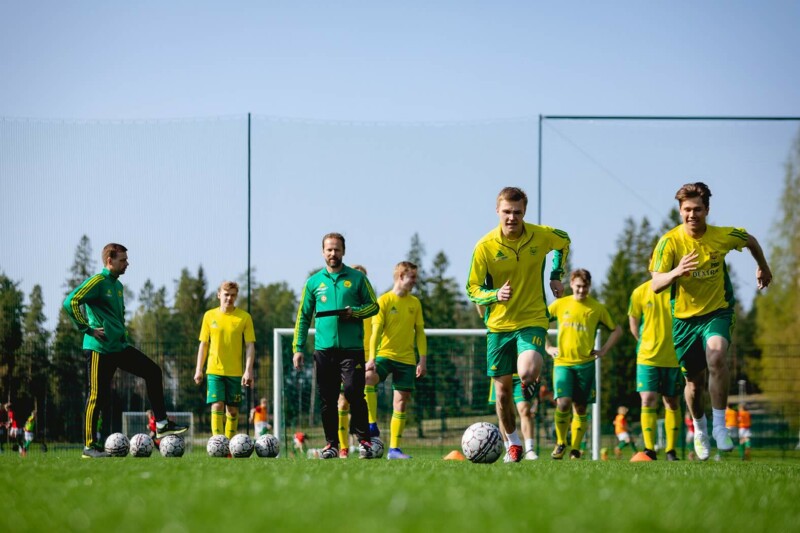
Maximizing Athletic Performance with Lap Management: A Comprehensive Guide
Unlocking the full potential of your athletes and optimizing training requires a strategic approach. The Lap Management tool is your key to achieving this. In this comprehensive guide, we’ll explore…
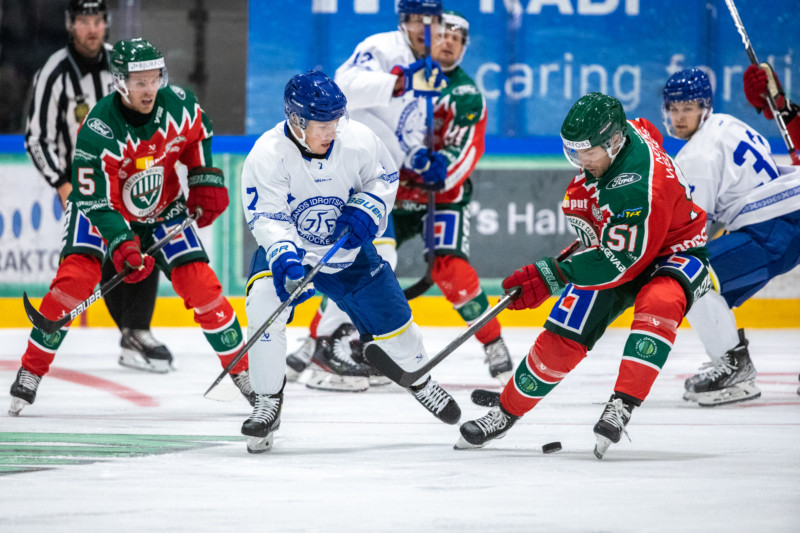
Getting Started with Firstbeat Sports – Leksands IF User Story
Jesper Gillerås is the Strength and Conditioning Coach at Leksands IF, a Swedish ice hockey team competing in the SHL, Sweden’s top-tier league. In this interview, Jesper talks about why…
